Affiliate links on Android Authority may earn us a commission. Learn more.

OPPO R15 Pro review: Notch what I was hoping for
April 13, 2019
Oppo R15 Pro
What we like
What we don't like
Our scores
Oppo R15 Pro
Update – April 13, 2019 – The OPPO R15 Pro was one of the first third-party Android phones to get official access to the Android 9 beta program.
Update – April 13, 2018 – Oppo is a company consistently adopting the latest trends to stay relevant in the market. The R9 added dual cameras to compete head-to-head with flagships from Huawei and Honor, and the R11s slimmed down its bezels to compete with other narrow-bezeled devices on the market. While companies obviously need to do this to keep their phones flying off the shelves, OPPO tends to trade out smaller, less visible features in order to give their phones the appearance of being flagship phones at a more reasonable price.
Oppo’s R15 and R15 Pro are devices riddled with compromises. With their mid-range processors and legacy ports, these phones can’t compete
Design
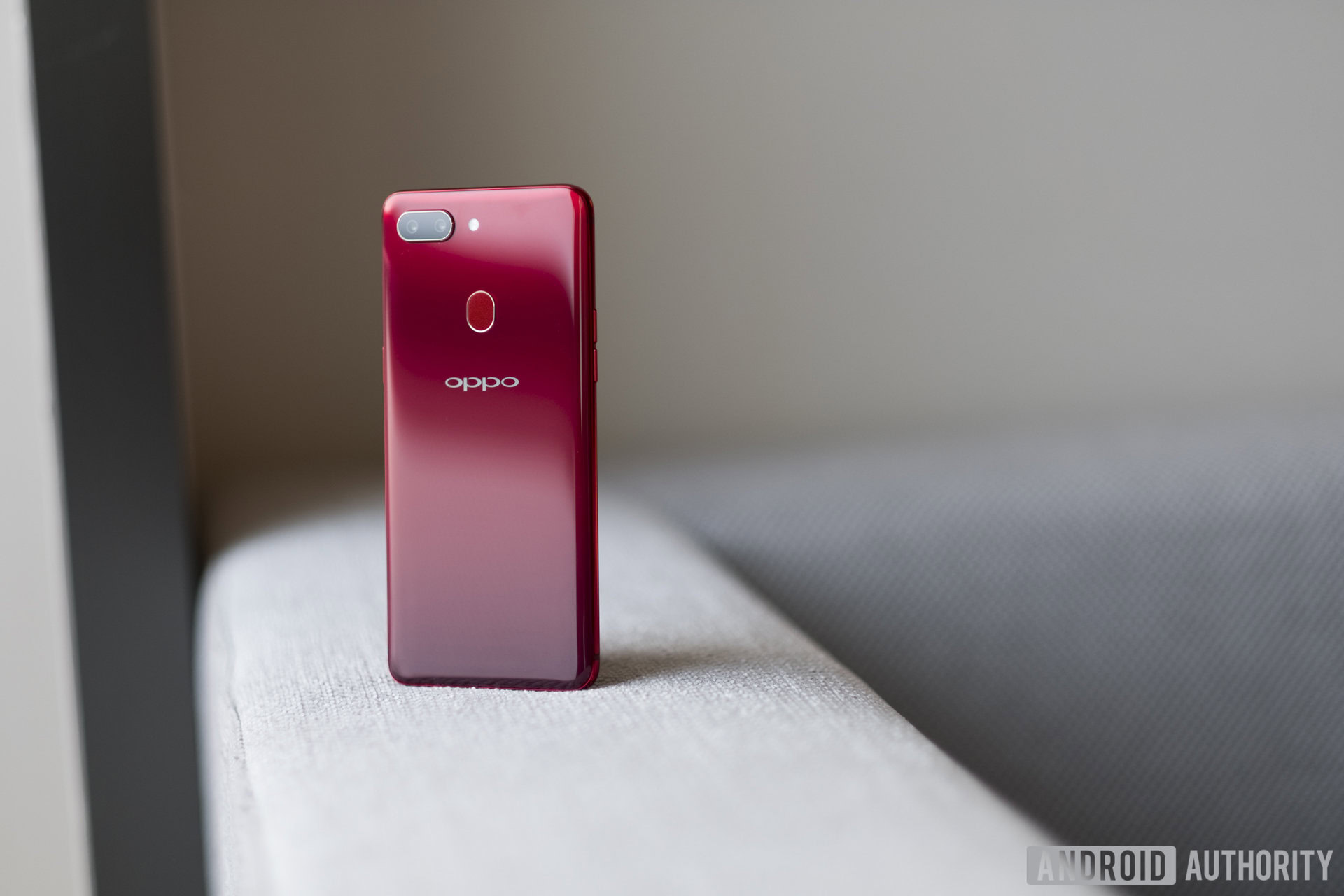
It’s hard to argue against the design of this phone. The R15 has one of the slimmest bezels we’ve seen on a smartphone yet, closing in on the iPhone X. In fact, at first glance, you would probably assume this was an iPhone, thanks to its notch and OLED display. I don’t consider this a bad thing; the notch is quite small compared to other notch devices on the market right now.
This is a very slim phone, at just 7.4mm thick. The slight curve on the glass back makes it rest easily in your hand. It didn’t feel nearly as slippery as I expected. It also doesn’t slide around on tables, though this may be due in part to the protruding dual-camera setup near the top of the phone.
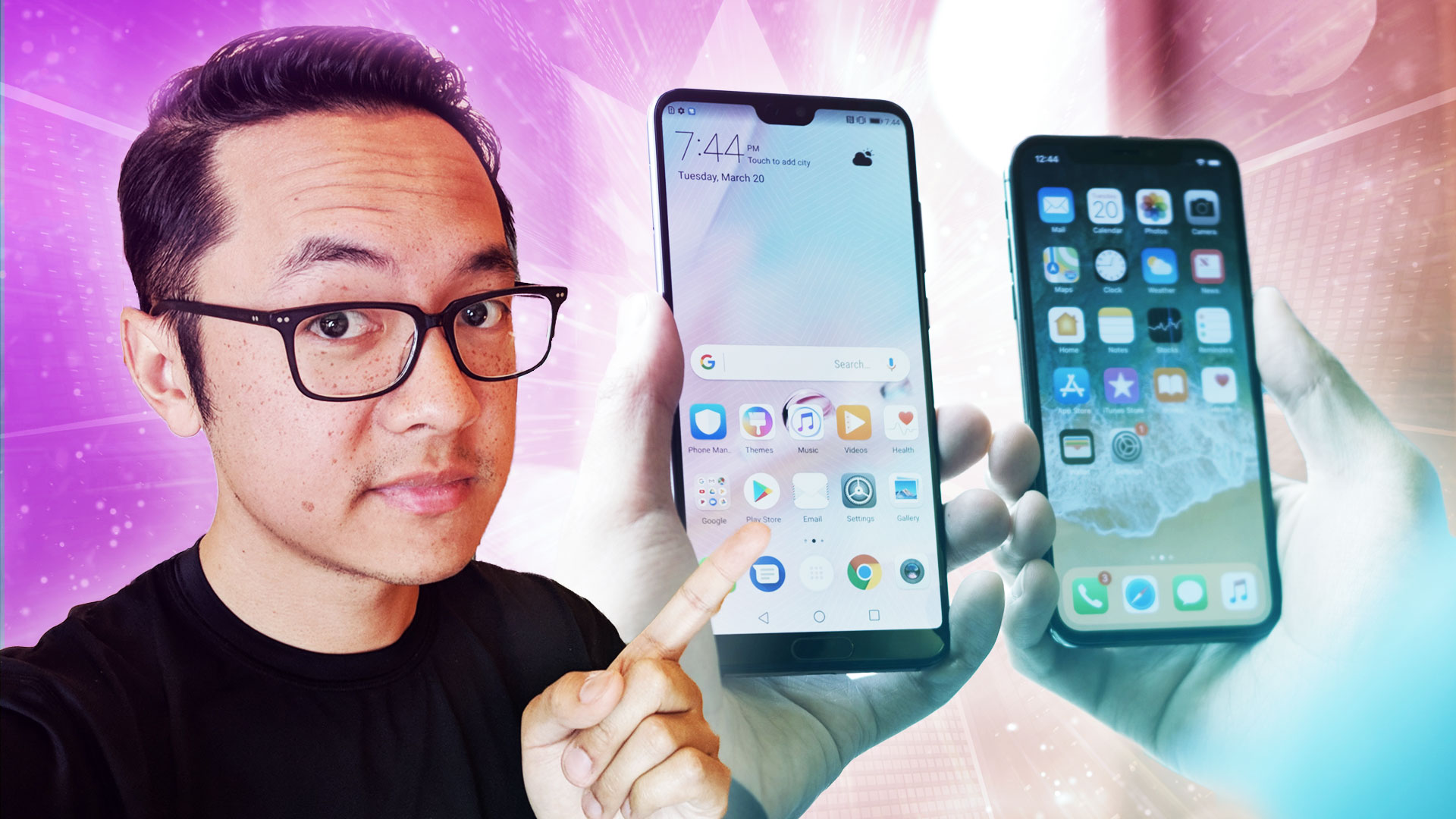
The buttons are nice and have great tactile feedback, with the power button on the right side of the device and the volume rockers on the left. I could honestly care less about the placement of the buttons as long as they work well, but opposite sides are handy if you want to quickly adjust the volume in your pocket.
Overall, I’m a fan of the design. This notch trend is probably going to be around for a generation or two. It feels like OPPO has already refined the design with its first iteration. I can’t blame you for not liking the notch, but if it has to be there, at least OPPO has done it well.
Display
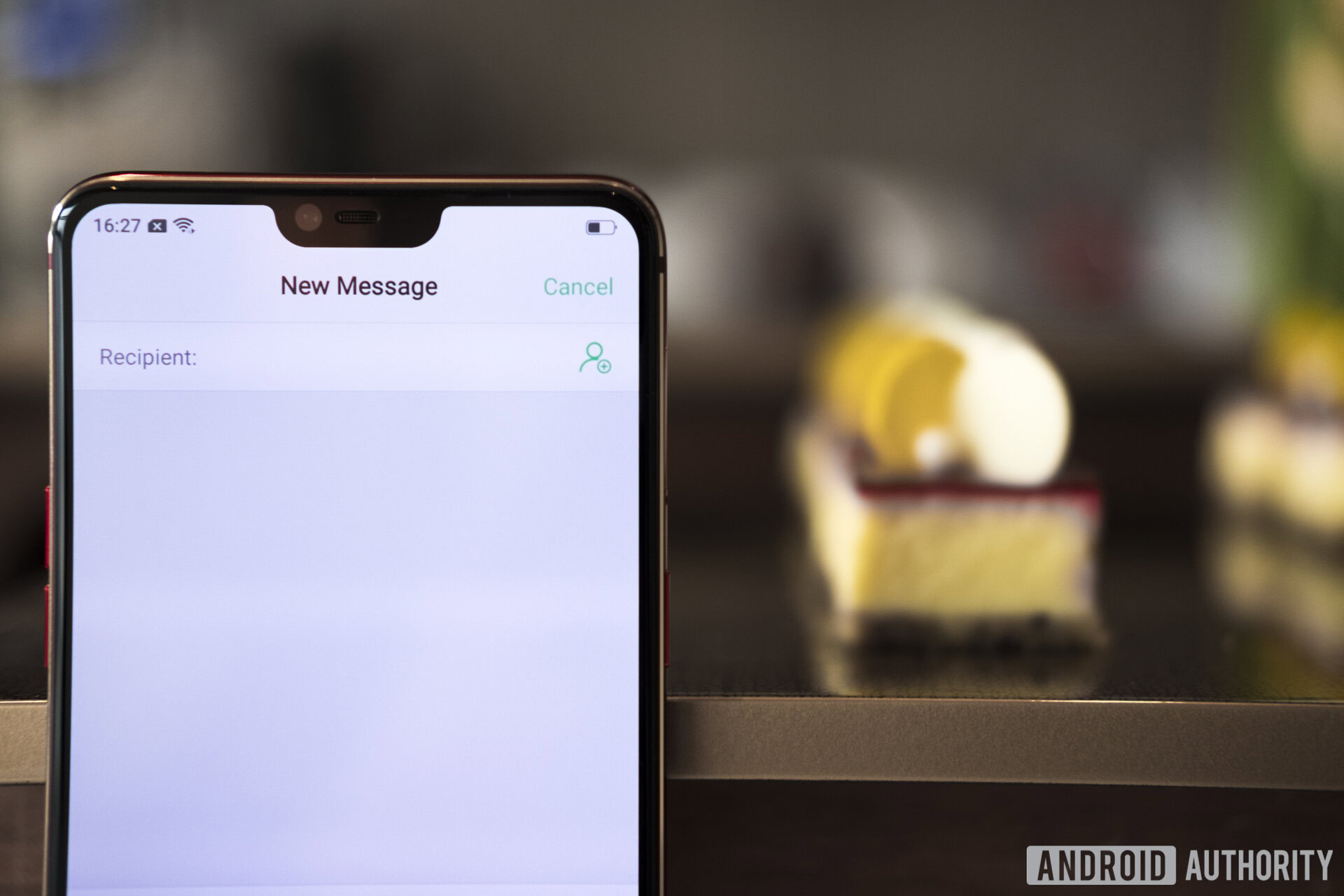
The OLED display is bright and colorful, but the resolution makes it suffer.
As our screens get larger, resolution starts to become more apparent. While its colors look great, this may be the first device where 1080p really started to bother me. The R15 sports a 6.28-inch 1,080 x 2,280 display, and while the OLED panel helps color and contrast look better, sharpness takes a bit of a hit here. App icons look almost matte on this thing. I didn’t mind it much at first, but it became much more apparent over time.
The aspect ratio is a cool 18.99:9, which helps this screen feel absolutely enormous, especially on a 6.28″ panel. Even so, this all fits into a body which is really not that out of place in the market today. It’s actually not even as tall as the Pixel 2 XL. The phone is great for consumption of both media and apps, especially since the phone will artificially adjust apps to fill the entire display.
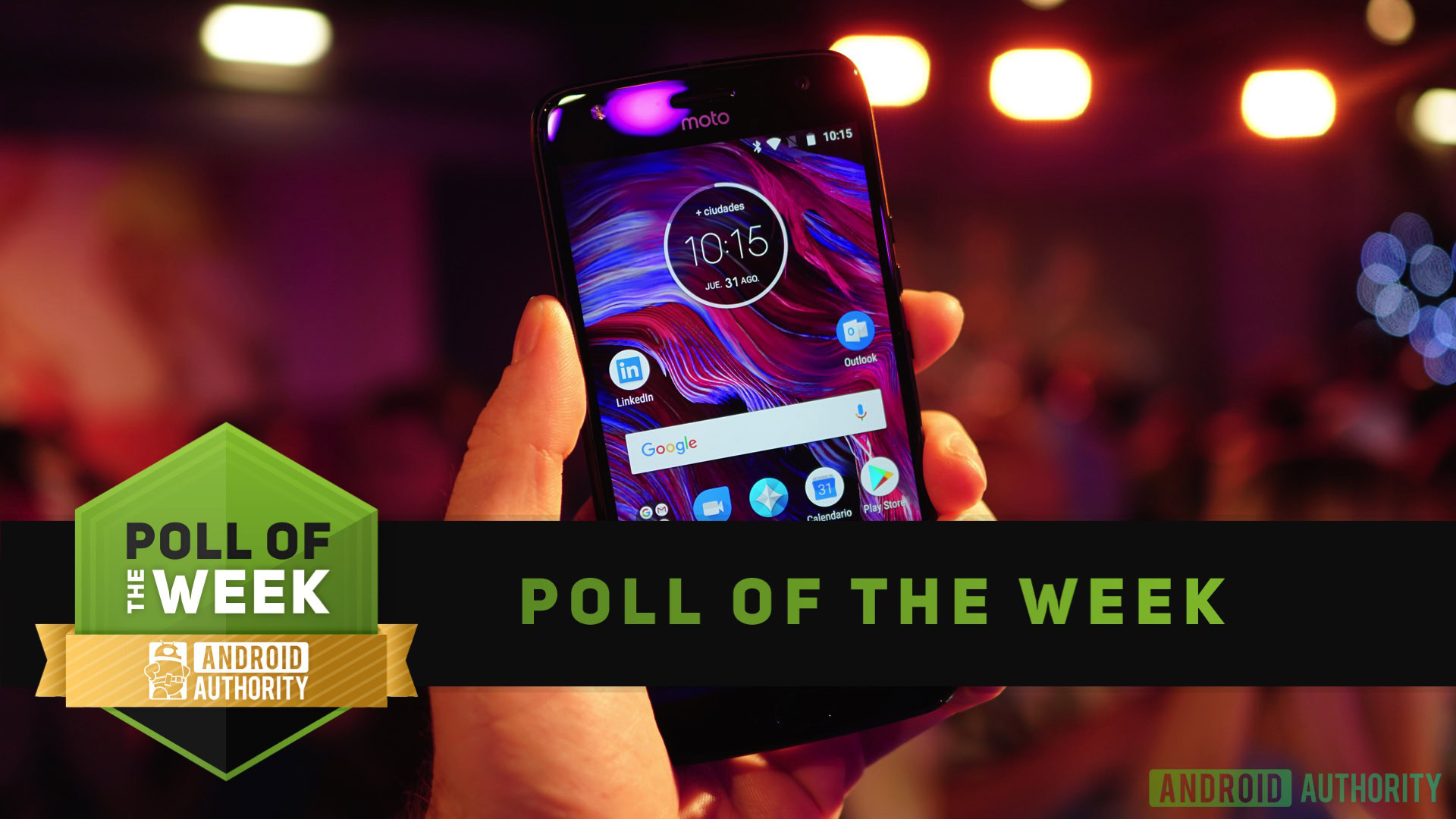
The notch remains a bit of a gripe, specifically because it is still not compatible with a number of popular apps. It cuts off the top of Facebook Messenger, so the scrolling notification of who is online is spliced in an awkward manner. Ultimately it’s up to either Google or app developers to fix these issues, but until that becomes standardized this will remain a major gripe for me.
Performance
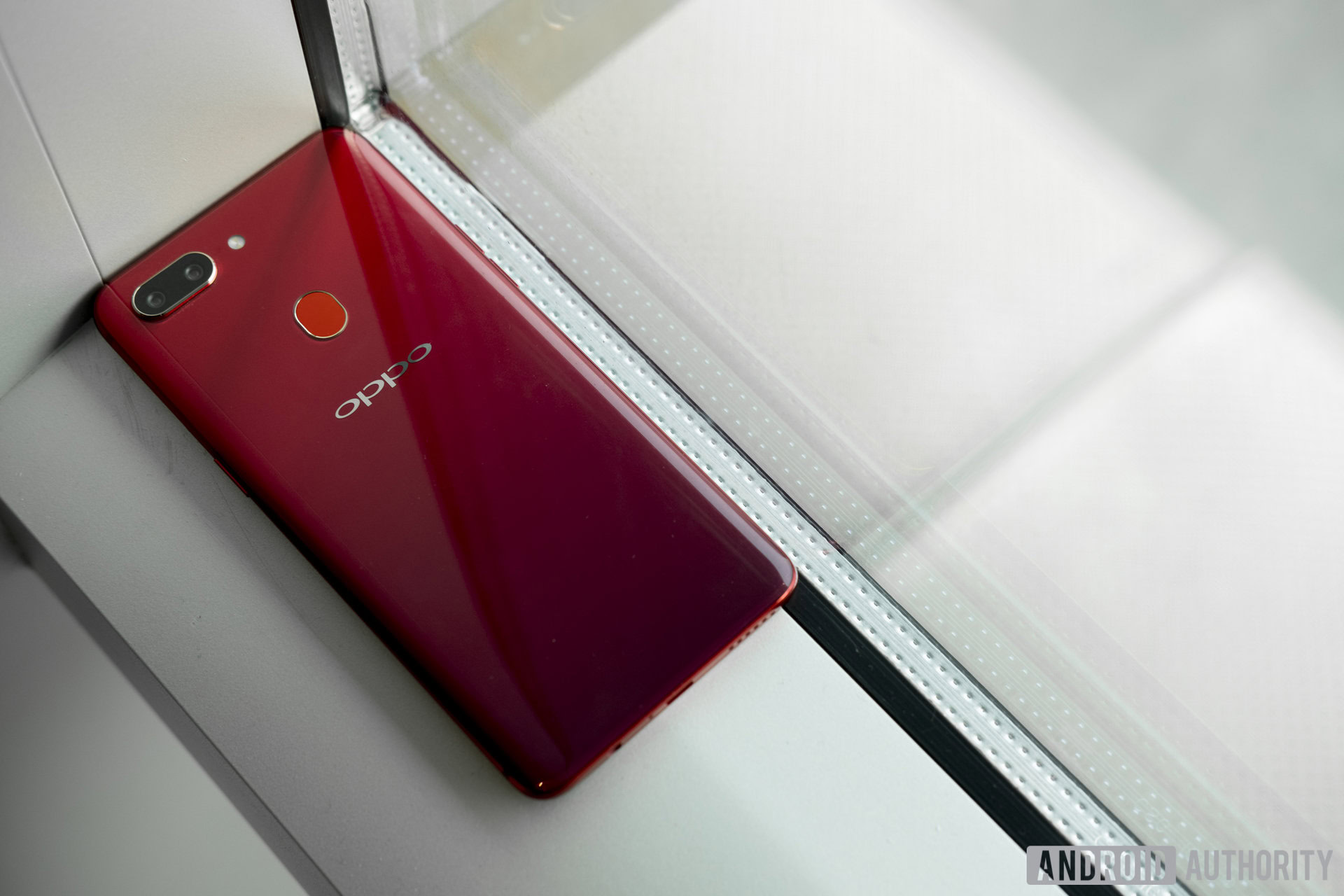
Qualcomm’s Snapdragon 660 processor is definitely mid-ranged. It’s not going to best any of the best phones out right now, but it does decently in general use. The Kryo 260 CPU on this SoC is octa-core, so CPU performance is quite decent for a mid-ranged chip, scoring better than 72 percent of devices tested on AnTuTu.
The 6GB of RAM gives the device very capable multitasking abilities, and you’re able to jump between apps quite rapidly. Navigation of the device felt exceptionally snappy, but it could just be that animations are a bit quicker on this launcher than on other devices. Still, navigation and multitasking are usually the first things to deteriorate on mid-ranged devices, and it’s nice to see consistent multitasking on this thing.
I had a number of issues with various apps freezing or just not loading. Sometimes I would launch an app like Slack and it would show the home screen but be unable to move past this state. The issue usually resolved itself when I closed the app and re-launched it, but it was frustratingly consistent.
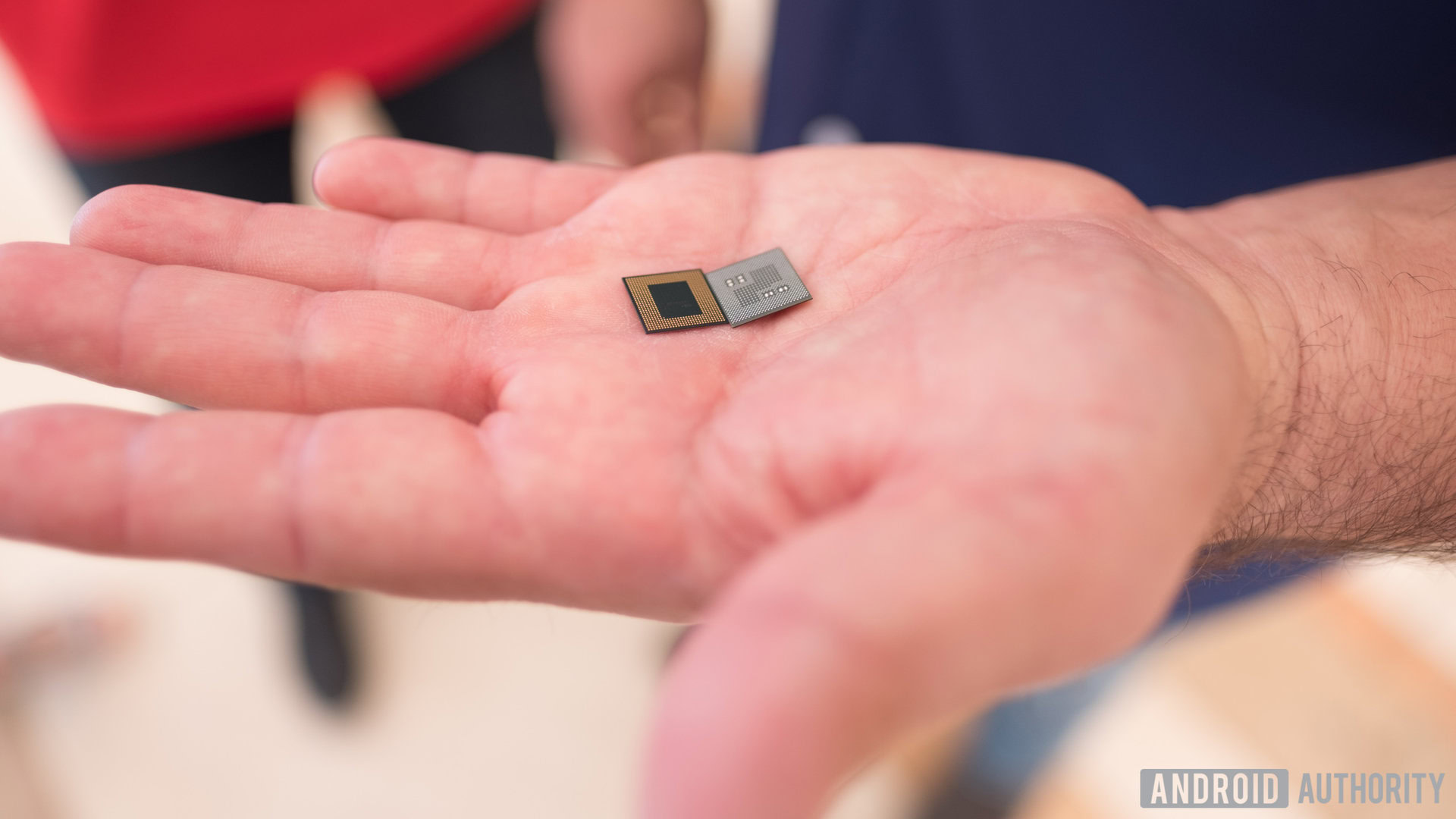
The standard R15 is packed with a 3,450mAh battery while the Pro model packs 50mAh less, at 3,400mAh. Battery life got me through the day, but not far past that. ColorOS can’t report screen-on time so I can’t give you exact numbers. I found I got about 10 hours of general use in a day (screen on and off). The phone reported Google services took up a huge amount of battery life though, so I’m suspecting the international version will fare much better due to Play Services being installed by default.
Oppo included VOOC fast charging in this thing, which enabled it to juice up at 5V/4A. This allowed me to toss it on the charger if I was only home for a half hour or so and feel confident I would last through the evening. Still, I would have preferred a USB Type-C port, since I have multiple C-to-C chargers in my house and wouldn’t have to use the special brick OPPO provides with the phone.
Hardware
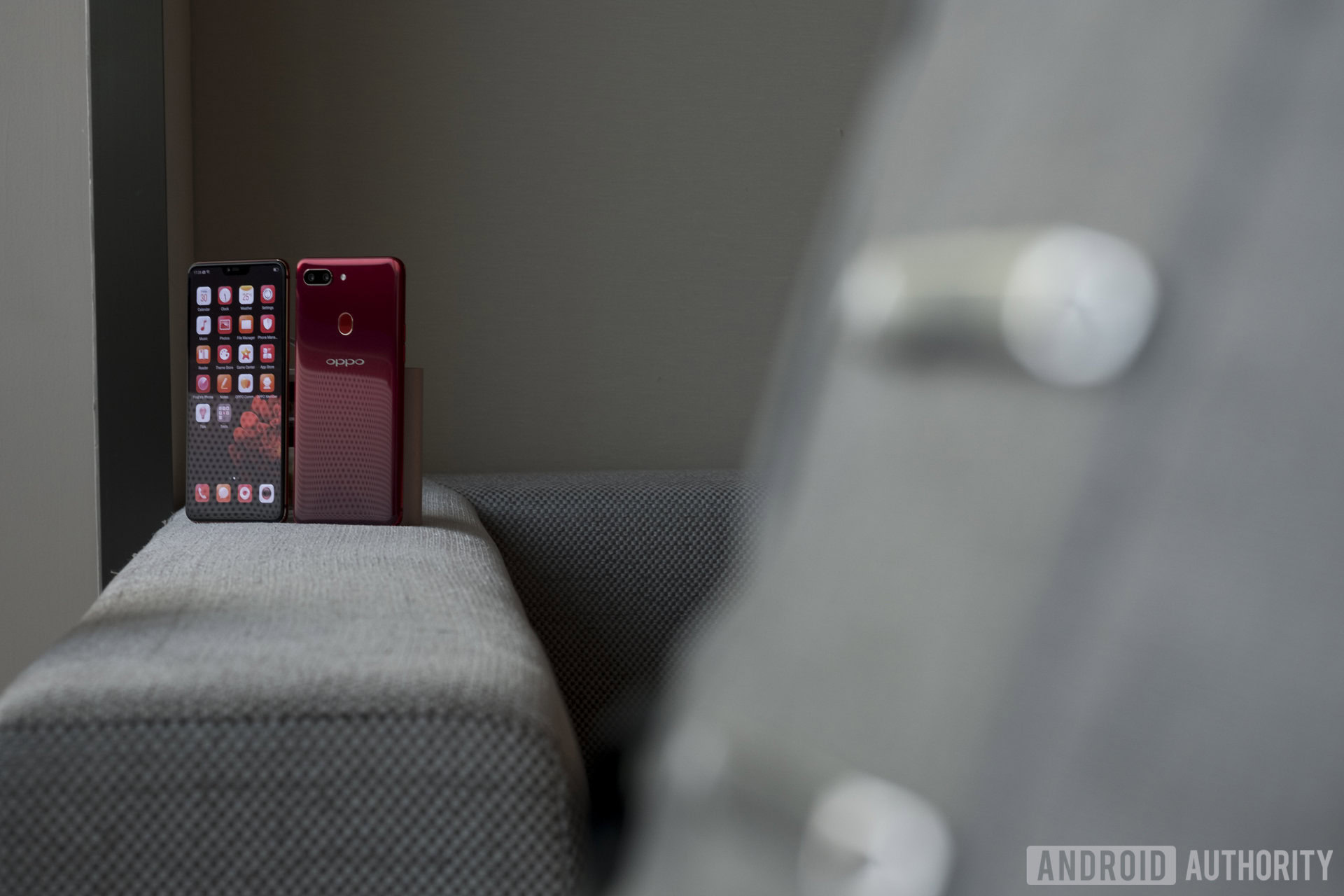
Legacy ports can be great or terrible, depending on your tastes.
While the processors stuffed in the R15 and R15 Pro are definitively mid-ranged, OPPO tries to make up for these shortcomings with the other internals, which are maxed out by industry standards. The devices come with a healthy 128GB of internal storage — which can be buffed even further due to the inclusion of a microSD card slot — and 6GB of RAM which in theory should be able to keep multitasking snappy as ever. The phone reported it was using over 2.5GB of RAM at any given time even with zero apps open though, so this statistic is either misreported or RAM is being badly mismanaged.

On the bottom of the device, you’ll find a speaker, headphone jack, and Micro-USB port. While I’m happy to see one legacy port present here, not all of them are created equal. Micro-USB is rapidly disappearing from the mobile industry, and I really hoped OPPO might have moved on to USB Type-C for their most recent flagship. This is just another method used to keep costs down though. General consumers are unlikely to notice or complain about it unless they’ve already used a phone with the new port.
There is an oblong fingerprint scanner sitting on the back of the device. Though the phone also offers a face unlock feature, it seemed quite inconsistent throughout my time with the phone, so I would either suggest only using the fingerprint reader or having them both enabled to have a better chance of success.
Camera
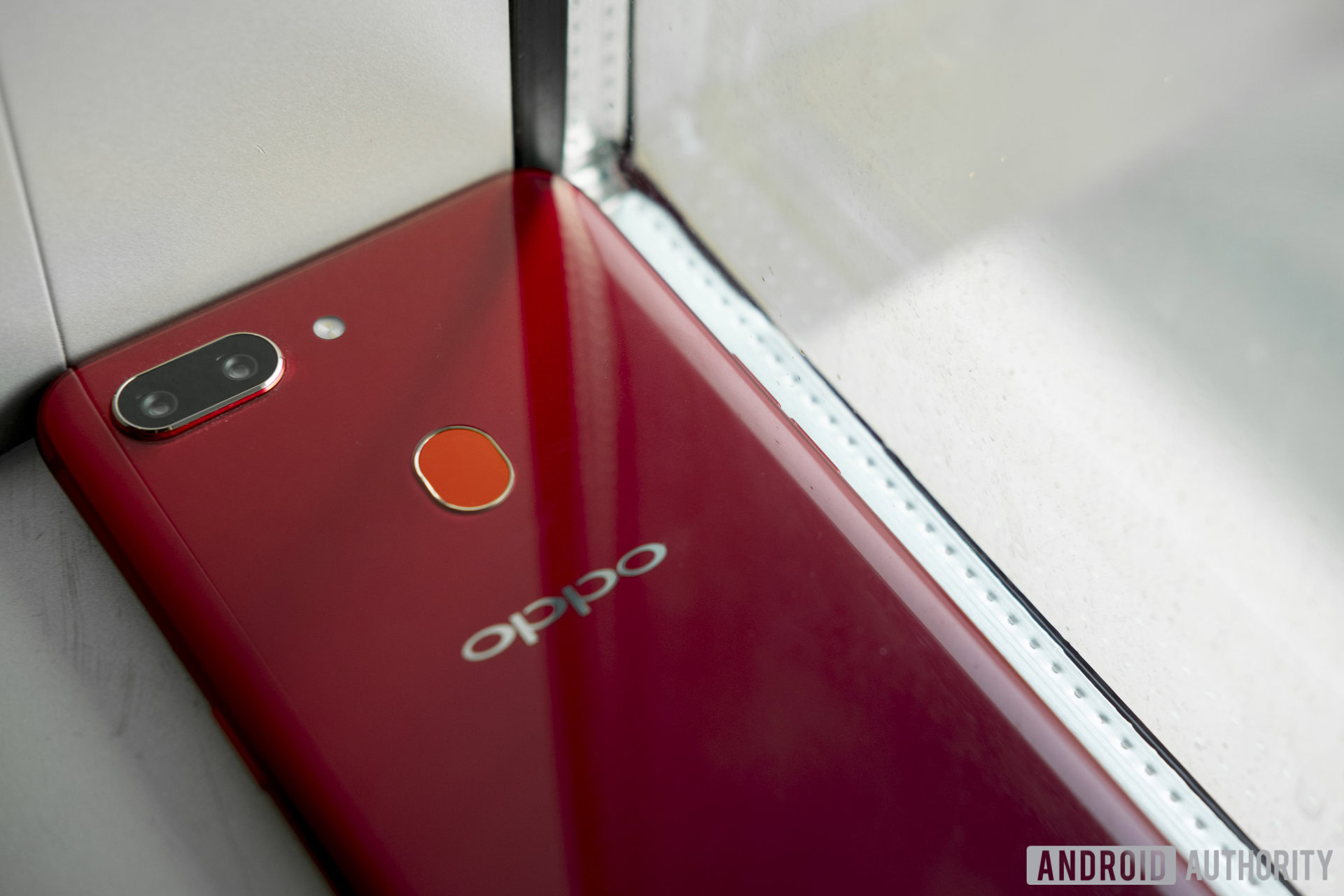
While the main cameras in this phone are fairly decent, they’re really nothing to write home about. Color reproduction was fairly accurate, but sharpness is definitely an issue with the rear camera. Most photos will look great at a quick glance, but zooming in even the slightest bit causes significant softness and quality reduction. The Pro model uses dual 16 and 20MP shooters on the back of the device while the regular model uses a 16 and a 5MP sensor. Even the 20MP lens felt like it was lacking in quality.
OPPO has included extra features like portrait mode and slow-motion video, but they don’t work nearly as well as other devices on the market right now. Portrait mode has a hard time detecting edges and tends to add an unnatural blur around these areas, while the slo-mo mode softens your subject quite significantly. Just about every phone does this though, including the Galaxy S9, so we can’t fault OPPO too much for this.
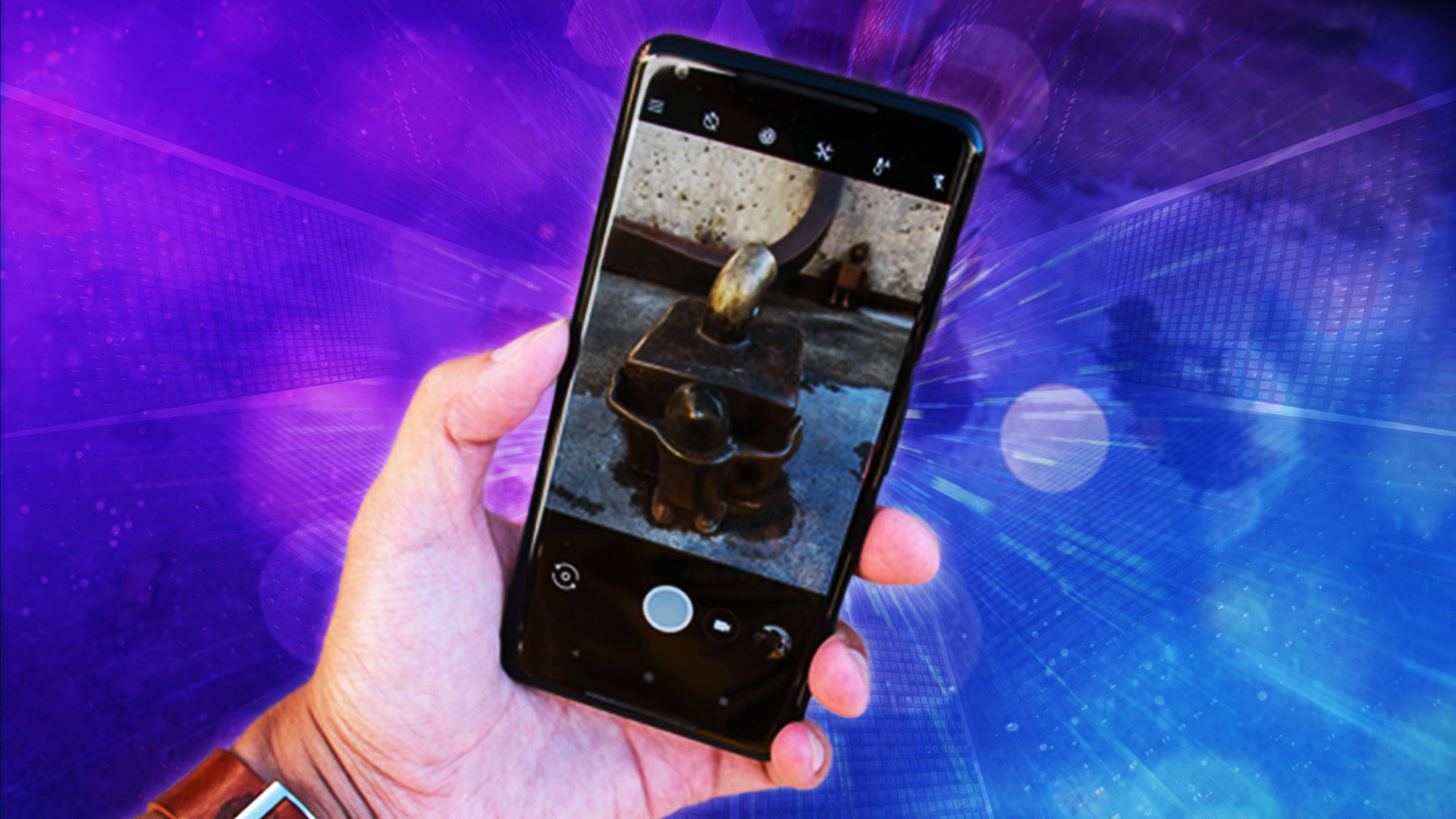
Where this phone really shines is the front camera. OPPO definitely put a lot of work into making sure your selfie game is on point with this thing, and the 20MP camera renders facial features well. There is a beauty mode turned on by default which softens facial features. If you turn this off you can get quite a bit of detail out of a face.
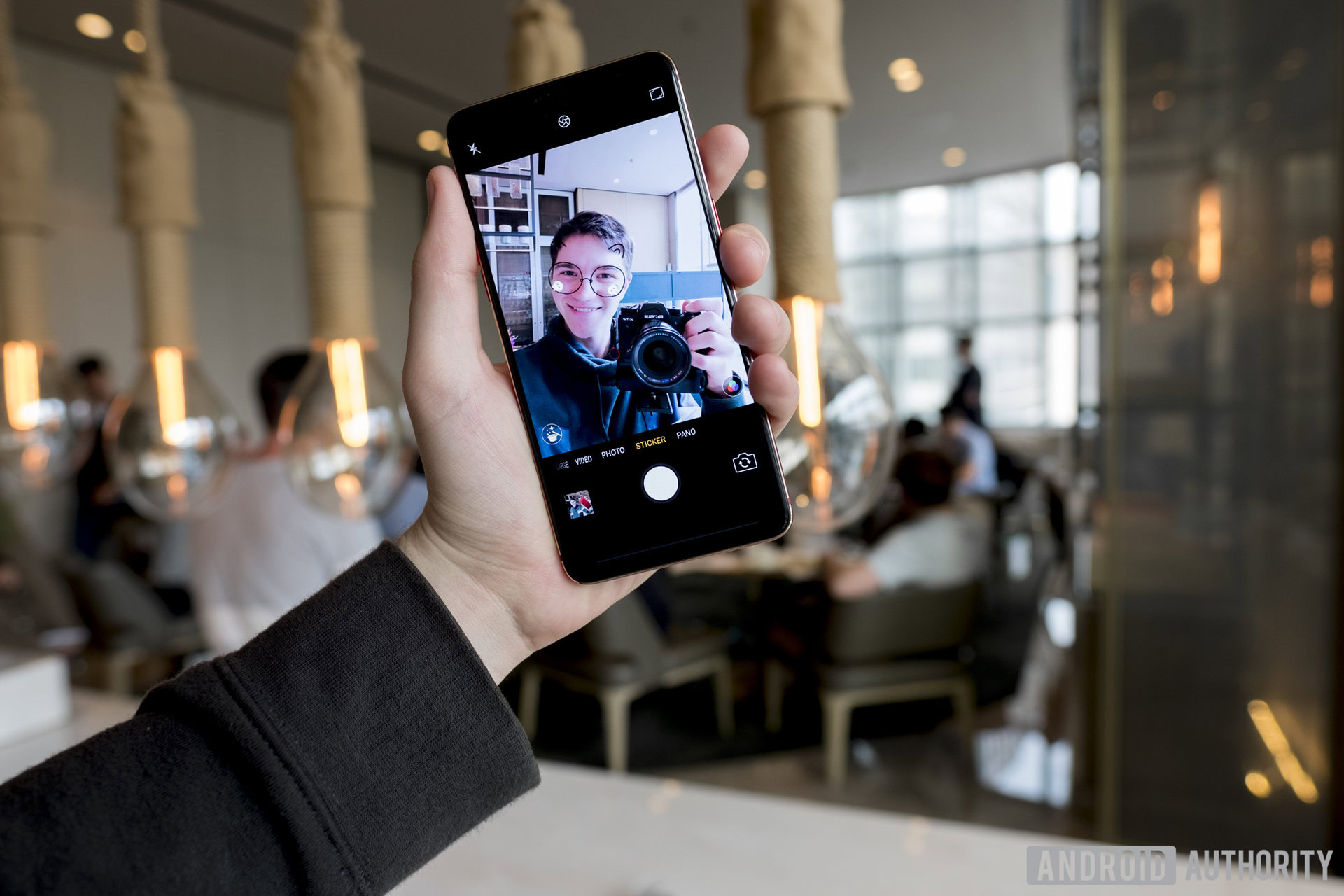
OPPO has loaded this thing with a variety of face-mapping AR stickers, and they work very, very well. These stickers can detect a face in an instant, and will appropriately map things like cat ears and glasses to your face in a 3D space. These will track extremely well as long as your face is showing at least a little bit in the frame, so you can turn to the side and still get an accurate mapping.
Software
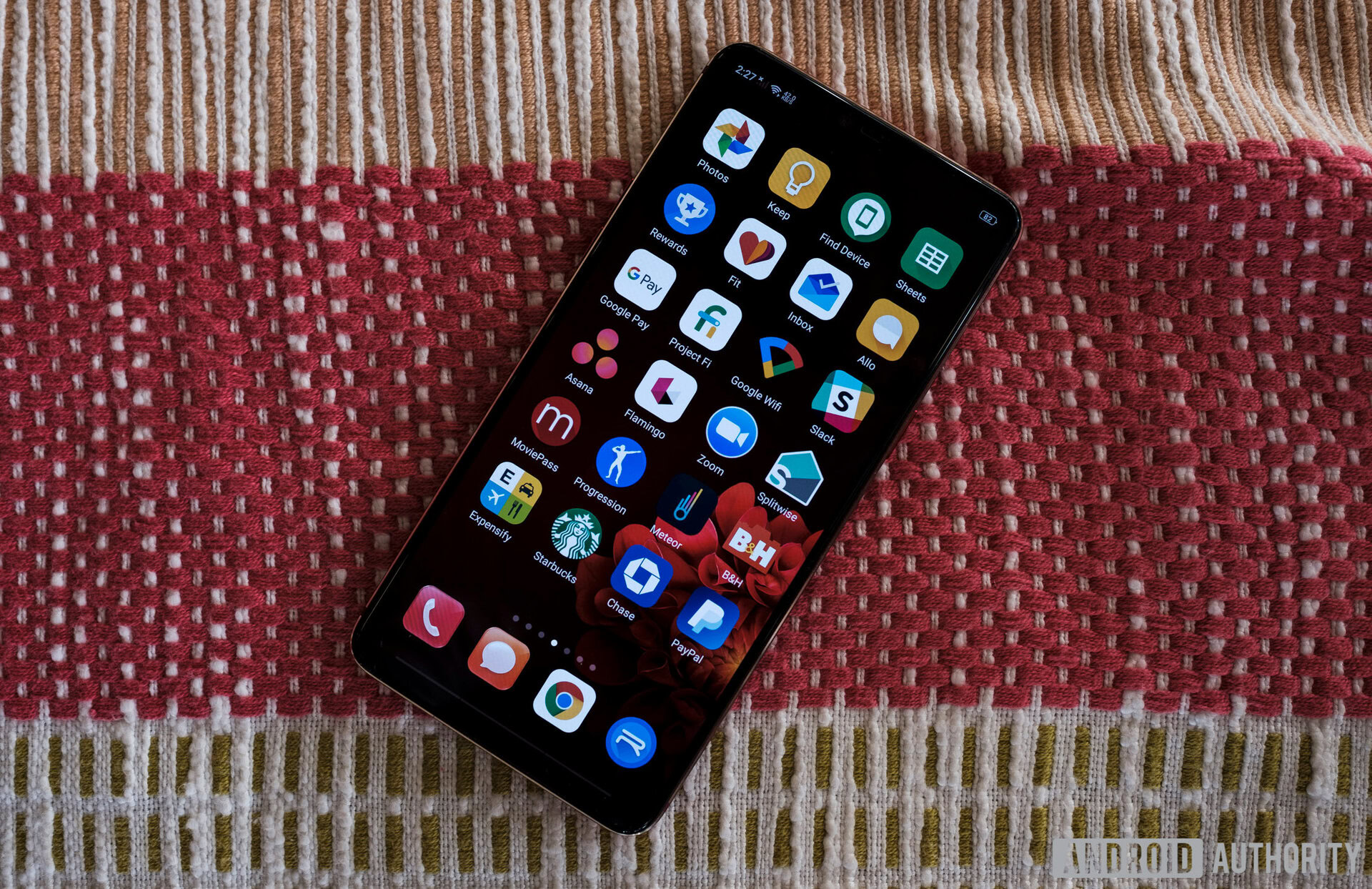
If you like iOS, you’ll like OPPO’s ColorOS 5.0. This software is just about as close as you’re going to get to Apple’s operating system, as it lacks an app drawer and even has gesture navigation features that mimic the iPhone X. Once I got used to these gestures I was sold on them, and even found myself swiping up on my Pixel 2 XL to try and get back to the home screen.
Swiping navigation works well on this device. It drastically increases the amount of usable space on your screen and makes the massive 6.28-inch display feel even bigger. There are four different gesture combinations you can choose from, but I opted to mimic the traditional Android soft key navigation.
A swipe to the left will reveal a widget center with things like quick search, quick toggles, weather, and a step counter. This also looks quite a bit like iOS, and it’s pretty obvious where OPPO got the inspiration from.
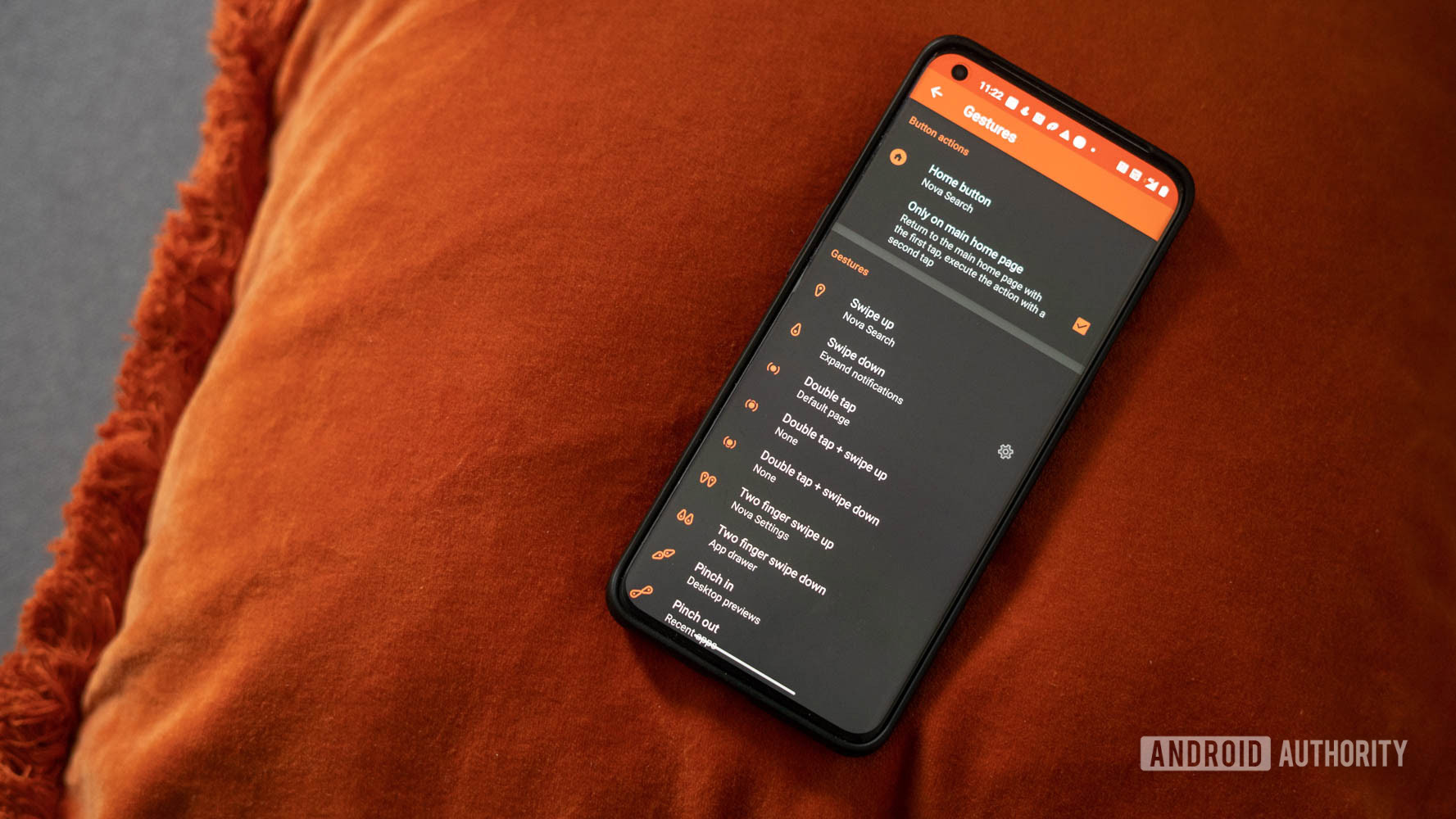
If you don’t like this launcher you can always replace it with something like Nova, which I would personally do if I was using this phone outside of a review. If you like sticking to the stock launcher, you’re going to get more of an iOS experience than an Android one.
I have the Chinese variant of this device, and while the international variant will likely have fewer problems, I had a number of issues with apps on this thing. I use Android Messages as my texting client of choice, and the phone wouldn’t let me send more than one message without logging in with an OPPO ID to “verify my identity.” This forced me to use the stock texting app instead, which groups messages very strangely between notifications and unknown sources.
Google apps have a hard time running on the Chinese variant.
Google apps are really just unfriendly on this device overall. I was able to download the Google Play Store and Play Services through OPPO’s own app store, but almost all the Google apps I used either had random issues or wouldn’t let me switch accounts. I consistently had to restart apps after random freezing issues, and Google Maps had a lot of problems accessing my location, even with location services enabled. If you live in Asia I’m sure the apps you would use there work much better, but try and use Google services and you’re going to have a bad time.
Notifications proved to be a huge issue for me as well. When you install an app you have to manually go into the settings and allow for notifications, though you’ll probably still never receive them. The only apps I was able to get notifications from were the stock texting app and WeChat. Things like Slack and Google Allo (yes, I still use Allo) only updated when I opened them. This led to quite a few missed messages. I can only assume the phone thinks that non-Chinese apps are security issues.
Speaking of security, ColorOS 5.0 runs on top of Android 8.1 Oreo, so I’m at least happy to see that OPPO is thinking about security at launch. There hasn’t been any news on if the device will get Android P when that hits in a couple of months, but we’re really hoping it does, considering the built-in notch support for apps.
Gallery
Specifications
| OPPO R15 | OPPO R15 Pro | |
|---|---|---|
Display | OPPO R15 6.3-inch Full HD+ (2,280 x 1,080) display 19:9 aspect ratio 401 ppi | OPPO R15 Pro 6.3-inch Full HD+ (2,280 x 1,080) display 19:9 aspect ratio 401 ppi |
Processor | OPPO R15 MediaTek Helio P60 (1.8 GHz max) Octa-core (4x2.0 GHz Cortex-A73 and 4x2.0 GHz Cortex-A53) | OPPO R15 Pro Qualcomm Snapdragon 660 Octa-core (4x2.2 GHz Kryo 260 & 4x1.8 GHz Kryo 260) |
GPU | OPPO R15 Mali-G72 MP3 | OPPO R15 Pro Adreno 512 |
RAM | OPPO R15 6 GB | OPPO R15 Pro 6 GB |
Storage | OPPO R15 128 GB Expandable up to 256 GB through microSD card slot | OPPO R15 Pro 128 GB Expandable up to 256 GB through microSD card slot |
Rear camera | OPPO R15 16 MP + 5 MP dual 16 MP: 1.22 μm f/1.7 aperture 5 MP: f/2.2 aperture | OPPO R15 Pro 16 MP + 20 MP dual 16 MP: 1.22 μm f/1.7 aperture 20 MP: f/1.7 aperture |
Front camera | OPPO R15 20 MP f/2.0 aperture | OPPO R15 Pro 20 MP f/2.0 aperture |
Battery | OPPO R15 3,450 mAh 5V/4A VOOC Flash Charge | OPPO R15 Pro 3,400 mAh 5V/4A VOOC Flash Charge |
Operating system | OPPO R15 Android 8.1 Oreo ColorOS 5.0 | OPPO R15 Pro Android 8.1 Oreo ColorOS 5.0 |
Dimensions | OPPO R15 155.1 x 75.2 x 7.4 mm | OPPO R15 Pro 155.1 x 75.2 x 7.4 mm |
Weight | OPPO R15 175 g | OPPO R15 Pro 175 g |
Pricing & Final Thoughts
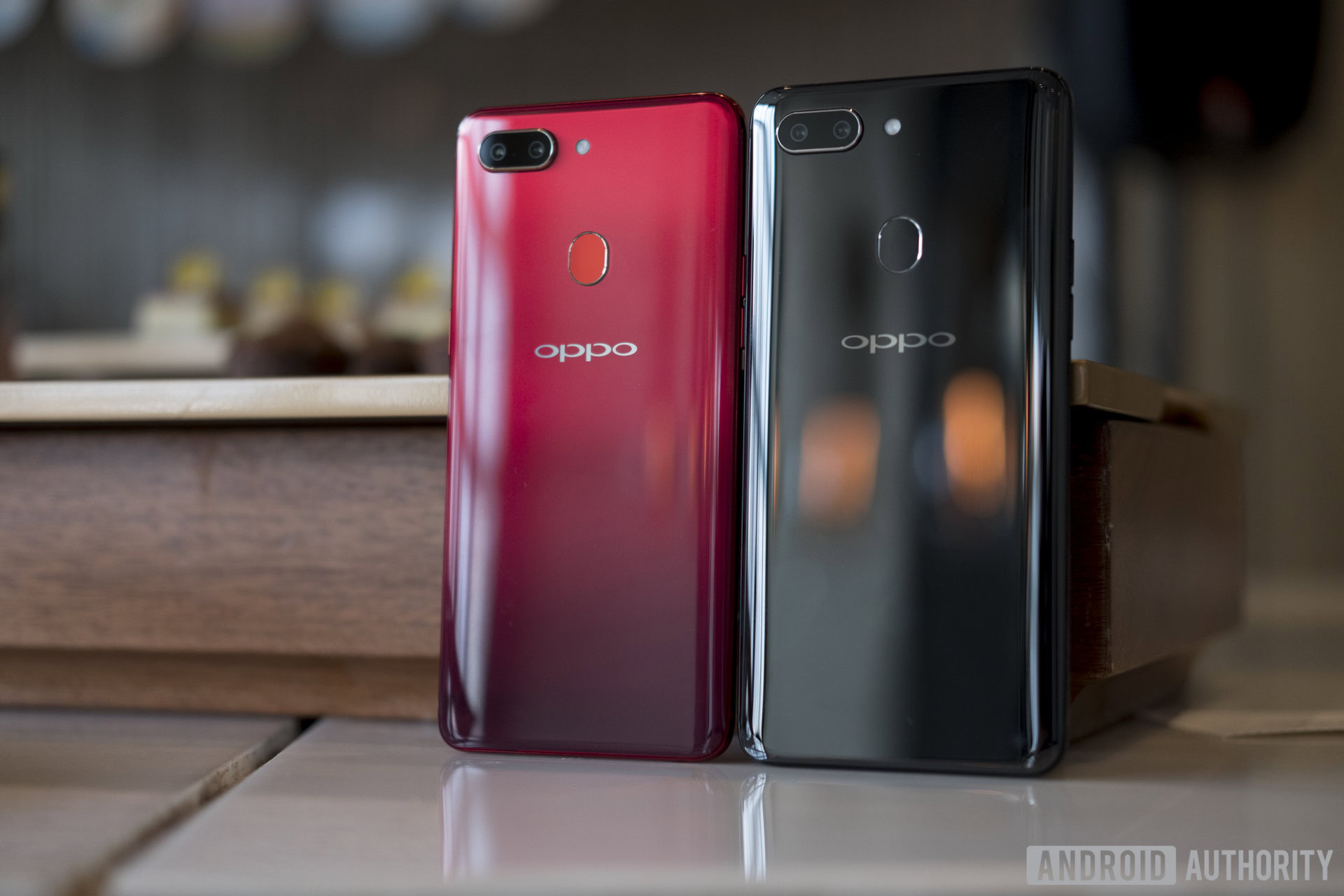
At 3,299 yuan (~$520) for the Ruby Red model and 3,499 yuan (~$555) for the Infinity Black, it’s hard to whole-heartedly recommend the OPPO R15 Pro. OnePlus will announce the OnePlus 6 soon. It will have much of the same body and likely fix many of my gripes with this thing. Beyond that, it will almost certainly be priced less the R15 Pro, which makes it a no-brainer compared to this model.
If you really, really want to up your selfie game, this phone might be worth a look. At the price OPPO is asking though, there are almost certainly better options out there.
What do you think of the R15 Pro? We’d love to know your thoughts so make sure you drop them in the comments section below.